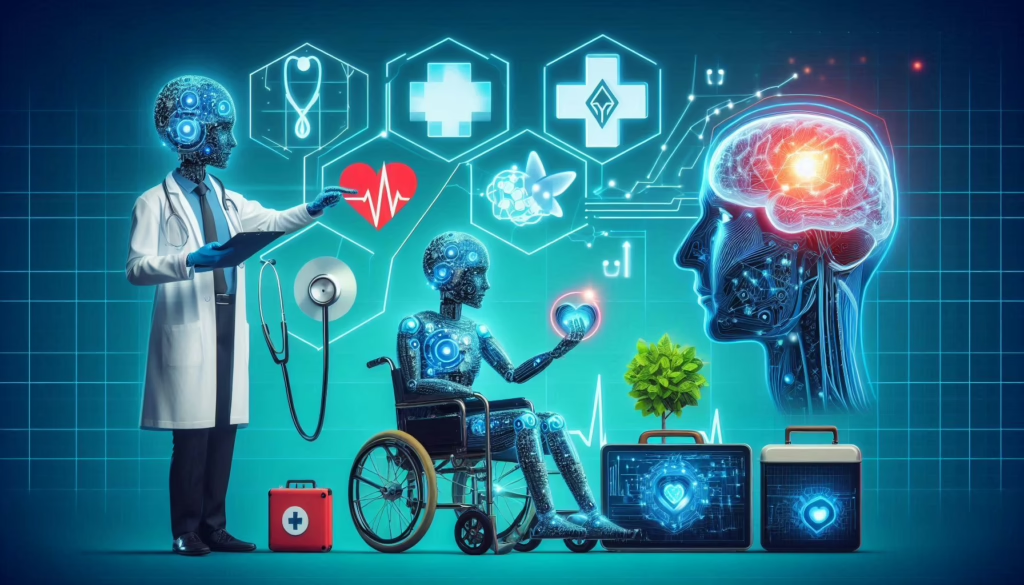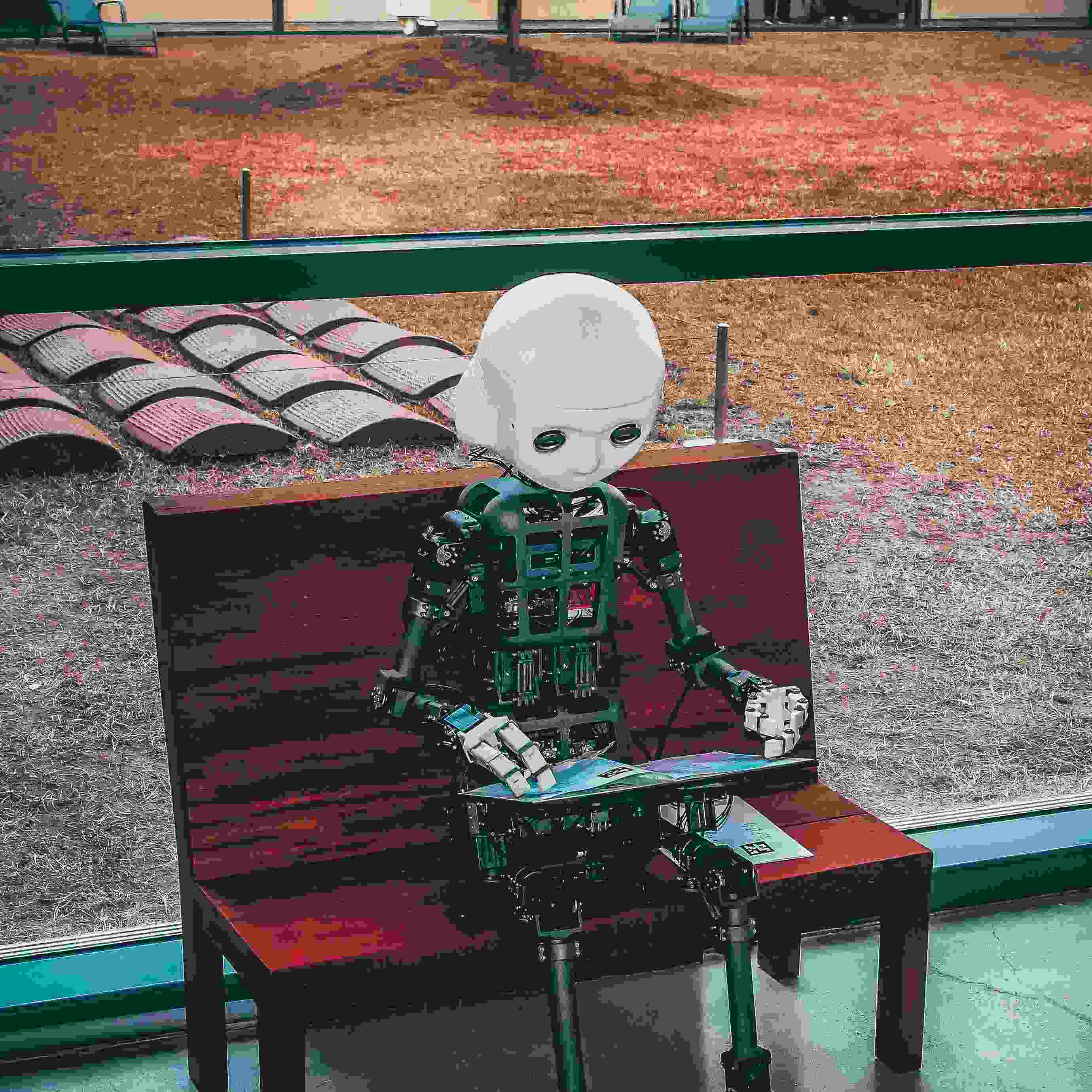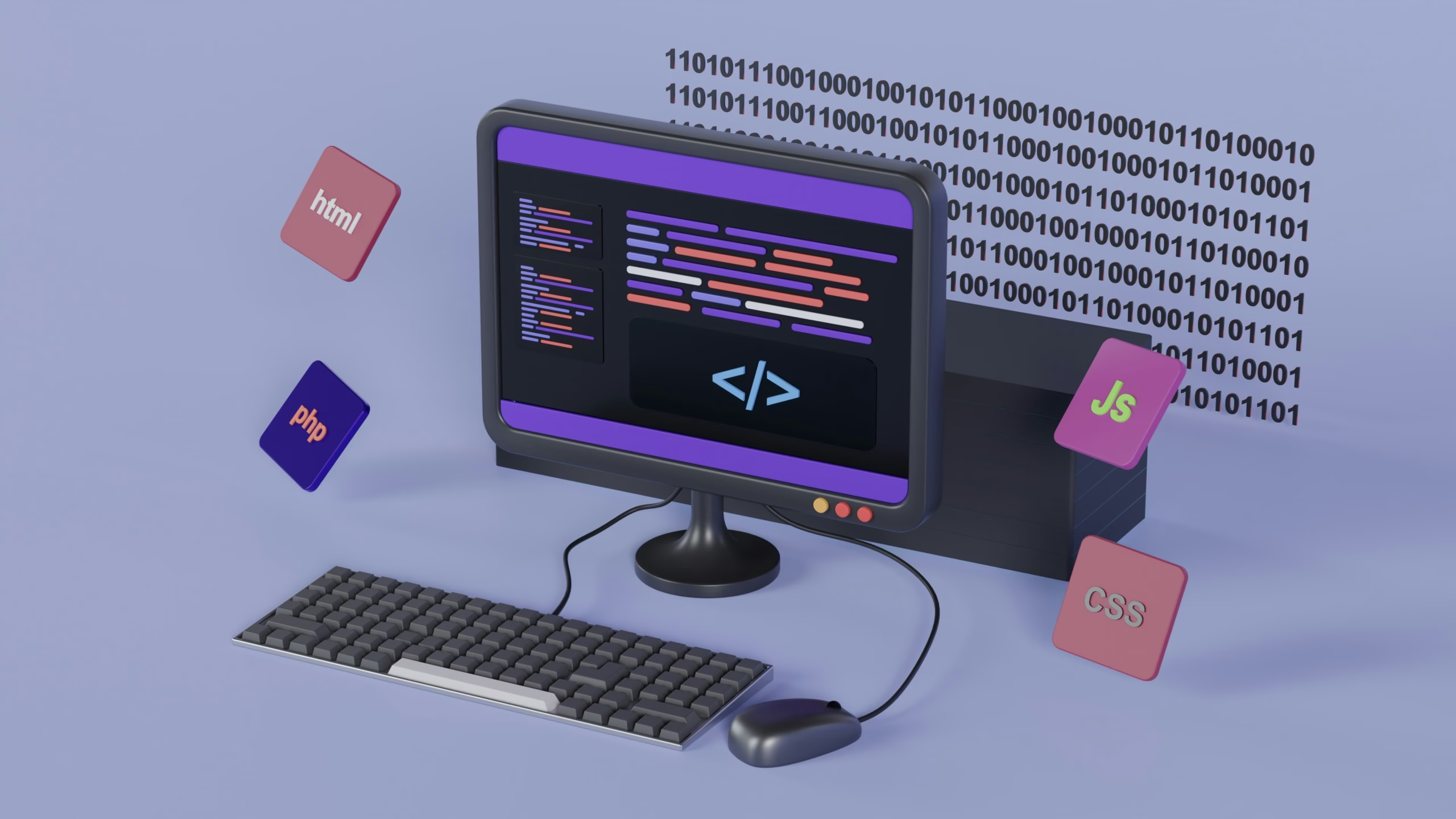In the digital diagnosis era, AI algorithms in medicine are more than hype—they’re revolutionizing healthcare from the inside out. But when we compare machine learning (ML) and deep learning (DL), things get murky. They’re both intelligent cookies, but they do things differently and tackle different slices of the healthcare pie.
Let’s explore their roles and real-world impact without the jargon buzzwords.
First, What Are We Dealing With?
- Machine Learning (ML) is like an experienced doctor—it learns from past experiences, detects patterns, and decides. Think rule-based, formal, and sharp.
- Deep Learning (DL) It’s the brilliant intern who notices things that others do not—leveraging multi-layered neural networks inspired by the human brain to process information at a deeper, more sophisticated level.
How ML and DL Vary in the Healthcare Sector ?

- Data Requirements: ML prefers small, organized datasets. DL works best with enormous, unstructured data—images, text, and more.
- Transparency: ML models are simpler to interpret and explain—ideal for clinical environments. DL, though robust, can be a black box.
- Speed & Cost: ML is quicker to train and less expensive to deploy. DL requires serious computing resources and time.
- Accuracy: DL tends to surpass ML in difficult tasks such as image recognition or natural language processing.
Machine Learning in Healthcare: Where It Works Like Magic ?
ML is accurate, speedy, and works best when explainability is essential. Here’s where it excels:
- Predictive Analytics: Identifying high-risk patients before conditions deteriorate.
- Patient Monitoring: Monitoring vital signs and warning doctors in real-time.
- Treatment Personalization: Suggesting therapies from patient history.
- Clinical Decision Support: Helping physicians diagnose usual conditions.
ML leverages structured data—such as lab tests, vitals, and patient histories—to enhance decision-making and minimize mistakes.
Deep Learning Medical Application: When You Need That Little Something Extra ?
DL enters the picture when healthcare turns visual, intricate, or unstructured. It’s the hero for jobs beyond the realm of conventional logic.
- Medical Imaging: Identifying cancers, fractures, or organ injuries in radiology scans with absolute precision.
- Pathology: Examining tissue samples quicker than the human eye.
- Genomics: Sorting through DNA to foretell disease susceptibility or drug sensitivity.
- Voice and Text Analysis: Capturing doctor-patient talk, reading doctors’ notes, and distilling insights.
DL makes precision a reality where precision previously seemed unthinkable—particularly in diagnostics and early detection.
So, What’s Best for Healthcare Innovation?
- Use machine learning when interpretability, velocity, and small datasets are a priority.
- Use deep learning when the challenge requires depth, size, and superhuman intuition.
In the real world, the future is in the hybrid—clever systems that integrate ML’s reason with DL’s instinct.
__________________________________________________________________________________
The healthcare sector is changing. Whether it is machine learning healthcare streamlining hospital operations, or medical use of deep learning revolutionizing diagnostics—AI is not a tool. It is the next stethoscope.
Saksham Kaushik is a talented writer and knowledge seeker who enjoys studying and sharing knowledge on everyday happenings, trends, and interesting facts. With keen observation skills and a curiosity-based approach, He analyzes heavy subjects into simple-to-read articles, keeping readers updated and interested. From international updates to technology breakthroughs, lifestyle suggestions, and food for thought, Saksham Kaushik provides new insights and useful information every day.




